- Introduction and Overview of Screen Metal Sheet
- Material and Technical Advantages of Perforated Metal Sheets
- Manufacturer Comparison: Quality, Performance, and Price Data
- Customization Solutions for Unique Project Requirements
- Applications and Case Studies in Multiple Industries
- Future Trends and Innovations in Metal Sheet Screening
- Conclusion: The Growing Demand for Screen Metal Sheet
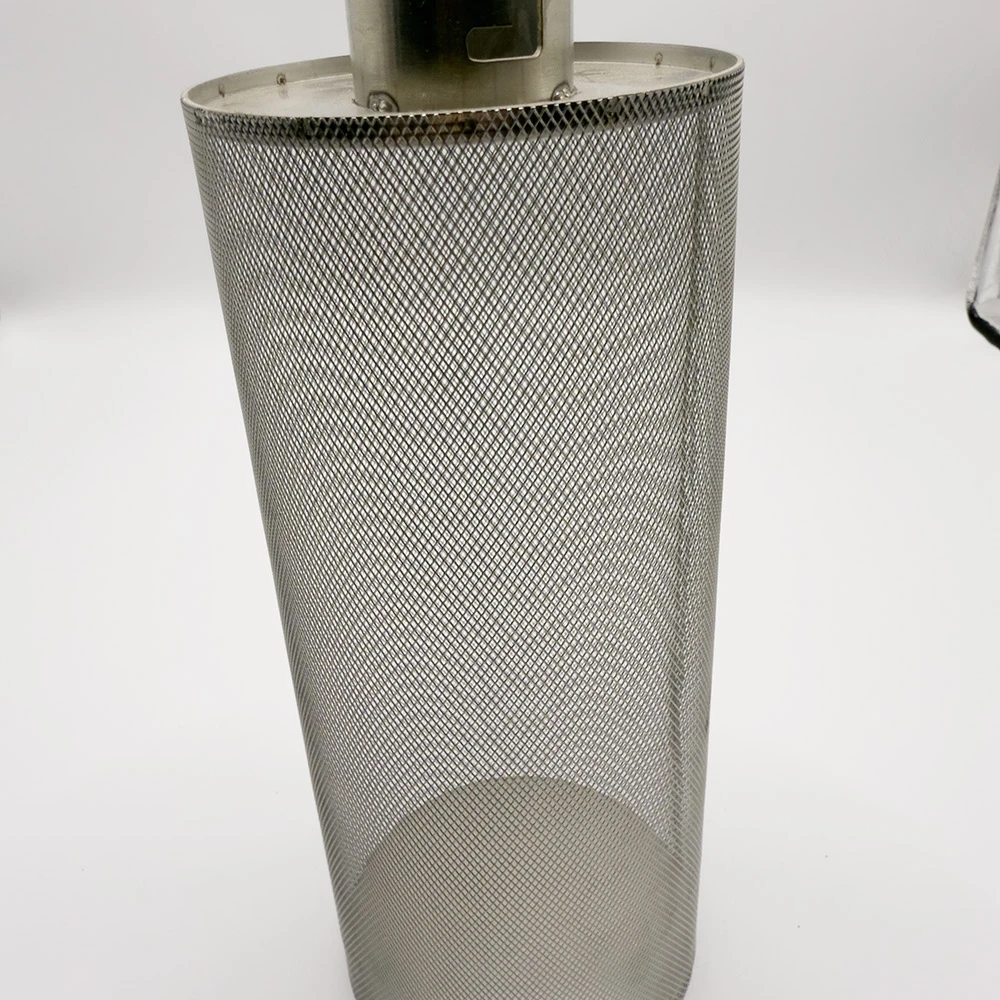
(screen metal sheet)
Introduction and Overview of Screen Metal Sheet
Screen metal sheet has emerged as an indispensable element in both architectural and industrial design, increasingly shaping the way modern building façades, filtration systems, and ventilation panels are conceptualized. The key function of these sheets is to provide strong structural support while simultaneously enabling air, light, or water to pass through. Specifically, aluminum perforated metal screen sheet and custom perforated metal screen solutions address evolving market needs, offering precise control over aesthetics and functional performance.
Recent data reveal the global market value for perforated metal sheets will exceed $3.2 billion by 2027, surging at a projected CAGR of 5.8%, according to MarketsandMarkets. This surge is propelled by the construction, automotive, and energy sectors. Innovation in materials and manufacturing methods is resulting in screen metal sheet
s that outperform traditional options in energy efficiency, strength-to-weight ratio, and design flexibility. As this category expands, understanding the nuances in materials, customization and application opportunities is key for industry professionals and procurement specialists.
Material and Technical Advantages of Perforated Metal Sheets
The superiority of perforated metal sheets, especially those composed of aluminum, lies in a blend of material science and precision manufacturing. Aluminum perforated metal screen sheet offers up to 35% weight reduction over conventional steel alternatives while retaining over 90% of structural strength. This weight-to-strength advantage not only facilitates easier handling and installation but also reduces overall project costs.
Technical properties such as corrosion resistance, high formability, and customizable open area percentages (ranging from 10% to 60%) allow these sheets to excel in demanding climates and corrosive environments. Laser-cutting and CNC punching technologies enable the creation of uniform apertures as small as 0.5mm, ensuring precision airflow, filtration, or acoustic performance. Additionally, powder-coating and anodizing surface treatments deliver durability with up to 25-year color retention and UV protection, as documented in ASTM D523 testing.
These advantages, backed by a robust technical infrastructure, position aluminum and stainless steel screen metal sheets as top choices for architects and engineers.
Manufacturer Comparison: Quality, Performance, and Price Data
Selecting the right manufacturer for custom perforated metal screens involves assessing quality metrics, production technology, and real-world performance.
| Manufacturer |
Material |
Minimum Aperture (mm) |
Open Area (%) |
Surface Finish Options |
5K Sample Lead Time (days) |
Typical Cost (USD/sq.m) |
| MetaluX Pro |
Aluminum |
0.5 |
10–55 |
Powder-coating, Anodizing |
18 |
$17–$23 |
| SteelForm Tech |
Stainless Steel |
1.0 |
10–50 |
Brushed, Painted |
22 |
$22–$29 |
| Perforatec |
Aluminum & Galvanized Steel |
0.7 |
12–60 |
Powder-coating |
16 |
$16–$20 |
| ProSheet Fabricators |
Aluminum |
0.8 |
15–45 |
Clear Anodizing |
20 |
$18–$24 |
As the data indicates, aluminum screen metal sheets generally provide the most competitive pricing and fastest turnaround, combined with advanced finishing options for enduring performance.
Customization Solutions for Unique Project Requirements
Both off-the-shelf and custom perforated metal screens play varied roles in complex projects. The value of customization lies in precisely matching the client’s performance, style, and installation requirements.
Typical customization parameters include sheet thickness (0.5mm to 5mm), overall sheet dimensions, perforation patterns (round, hexagonal, slot, designer shapes), and open area ratio. Advanced fabrication ensures tolerances as low as ±0.2mm, vital for façade systems, sunshades, or acoustic enclosures. Integration features such as formed edges, mounting holes, and pre-applied UV-resistant finishes can all be specified.
Collaborative design software and real-time prototyping are now standard among leading manufacturers, shortening the design-to-prototype cycle to as little as 7 days. These capabilities empower engineers and architects to innovate without compromise. As a result, highly functional elements—such as privacy screens with 40% open area or HVAC intakes with precise airflow requirements—are delivered reliably at scale.
Applications and Case Studies in Multiple Industries
The versatility of custom perforated metal screen solutions extends across a variety of industries:
- Architecture & Construction: In the 2022 renovation of the Midtown Eco Tower, 3,100 square meters of aluminum perforated panels achieved a 21% reduction in annual cooling loads due to enhanced shading and ventilation. The building owner reports a 17% drop in HVAC operating costs following installation.
- Industrial Filtration: A multinational beverage manufacturer adopted 2mm stainless steel perforated sheets in its filtration lines, increasing throughput by 13% while maintaining contaminant removal rates of 99.5%.
- Automotive: Lightweight aluminum screen sheets used for radiator grilles in a major automotive upgrade resulted in 15kg per-vehicle weight savings, translating to improved fuel efficiency across all models.
- Energy: Large-scale gas turbines deployed with custom-perforated exhaust screens enjoyed a documented 11% reduction in particulate buildup, prolonging service intervals.
These case studies underline the diverse, high-impact value of the latest perforated sheet engineering.
Future Trends and Innovations in Metal Sheet Screening
Tomorrow's screen metal sheet landscape will be shaped by new developments in material science and smart manufacturing. Key trends include the growing popularity of recycled aluminum, which now accounts for over 42% of new production among leading manufacturers, supporting sustainability targets and green building standards.
Digitally integrated manufacturing enables dynamic perforation patterns, where architects can specify unique graphical perforations or variable aperture sizes for aesthetic and environmental benefits. Emerging to-market applications include solar-optimized façade screens and kinetic exterior elements that automatically adjust their angles to manage daylight or airflow.
Enhanced coatings using nano-ceramic technologies are under testing, promising anti-pollution, graffiti-resistance, and improved hydrophobicity. As AI-driven design tools proliferate, the ability to model and optimize screen metal sheet performance in real time will further accelerate adoption in new builds and retrofits.
Conclusion: The Growing Demand for Screen Metal Sheet
In summary, screen metal sheet has become a high-value asset across industries demanding aesthetics, strength, and energy efficiency. Recognizing the differences in material properties, manufacturing precision, and supplier capability is crucial for selecting the right solution. Customization, combined with advancements in technology, continues to expand the possibilities for architects, engineers, and industrial designers.\
As the construction and manufacturing sectors move toward more sustainable, high-performance outcomes, demand for aluminum perforated metal screen sheet and custom perforated metal screen options will keep growing. The future of this field will be defined by relentless innovation—yielding lighter, stronger, and more aesthetically flexible screening solutions for the modern built environment.
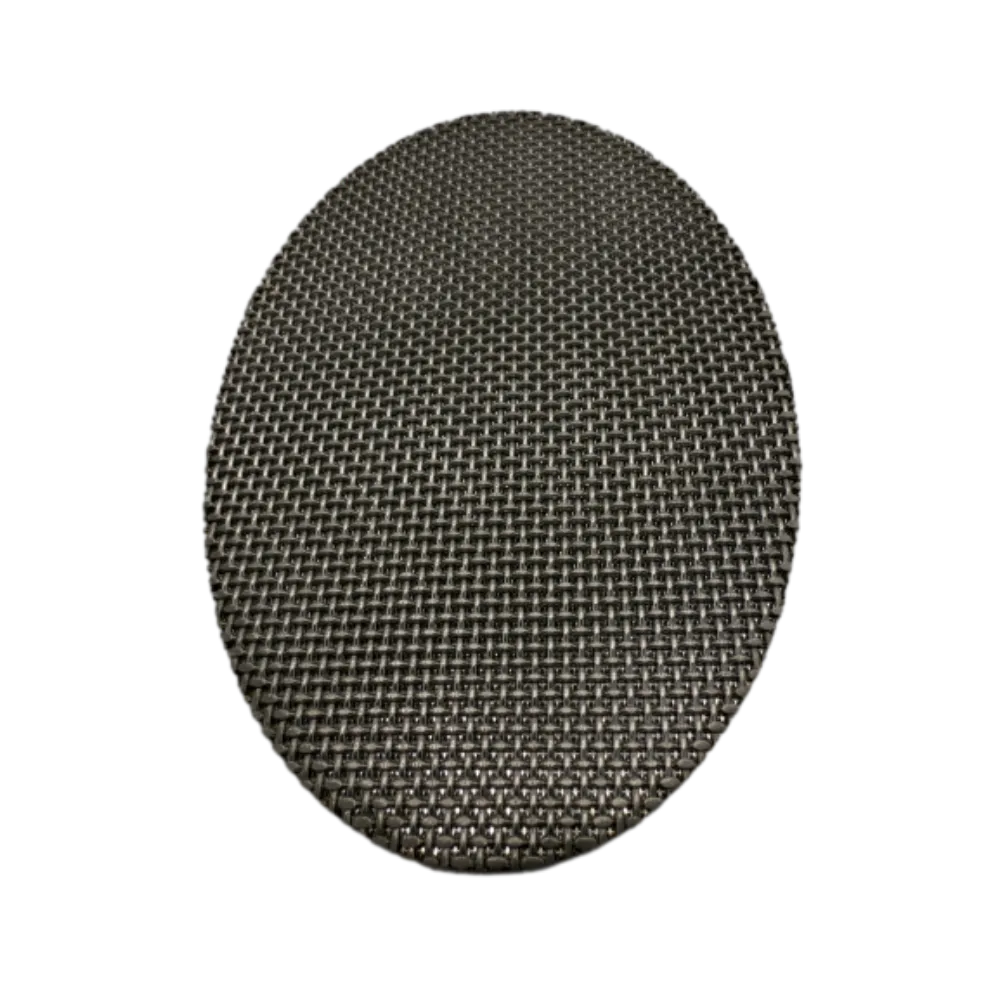
(screen metal sheet)
FAQS on screen metal sheet
Q: What is a screen metal sheet?
A: A screen metal sheet is a thin piece of metal with holes or patterns designed for filtering, security, or decorative purposes. It is commonly used in construction, ventilation, and fencing. These sheets can be made from various metals such as aluminum or steel.
Q: What are the advantages of using an aluminum perforated metal screen sheet?
A: Aluminum perforated metal screen sheets are lightweight, corrosion-resistant, and durable. They are ideal for outdoor and architectural applications due to their longevity and aesthetic appeal. Additionally, aluminum is easy to work with for custom designs.
Q: Can I get a custom perforated metal screen to fit my project needs?
A: Yes, custom perforated metal screens can be manufactured according to specific sizes, patterns, and materials. You can choose the hole shape, open area, material thickness, and finish. Customization ensures the screen meets your functional and design requirements.
Q: Where can screen metal sheets be used?
A: Screen metal sheets are versatile and used in facades, partitions, sunshades, fencing, and ventilation grilles. They're also common in industrial filtration and architectural decoration. Their use depends on the chosen material and perforation style.
Q: How do I select the right perforated screen metal sheet for my application?
A: Consider the material (such as aluminum for corrosion resistance), hole size, pattern, and sheet thickness based on your intended use. Factor in airflow, strength, and aesthetic needs when making your choice. Consulting with specialists can help you select the most suitable option.

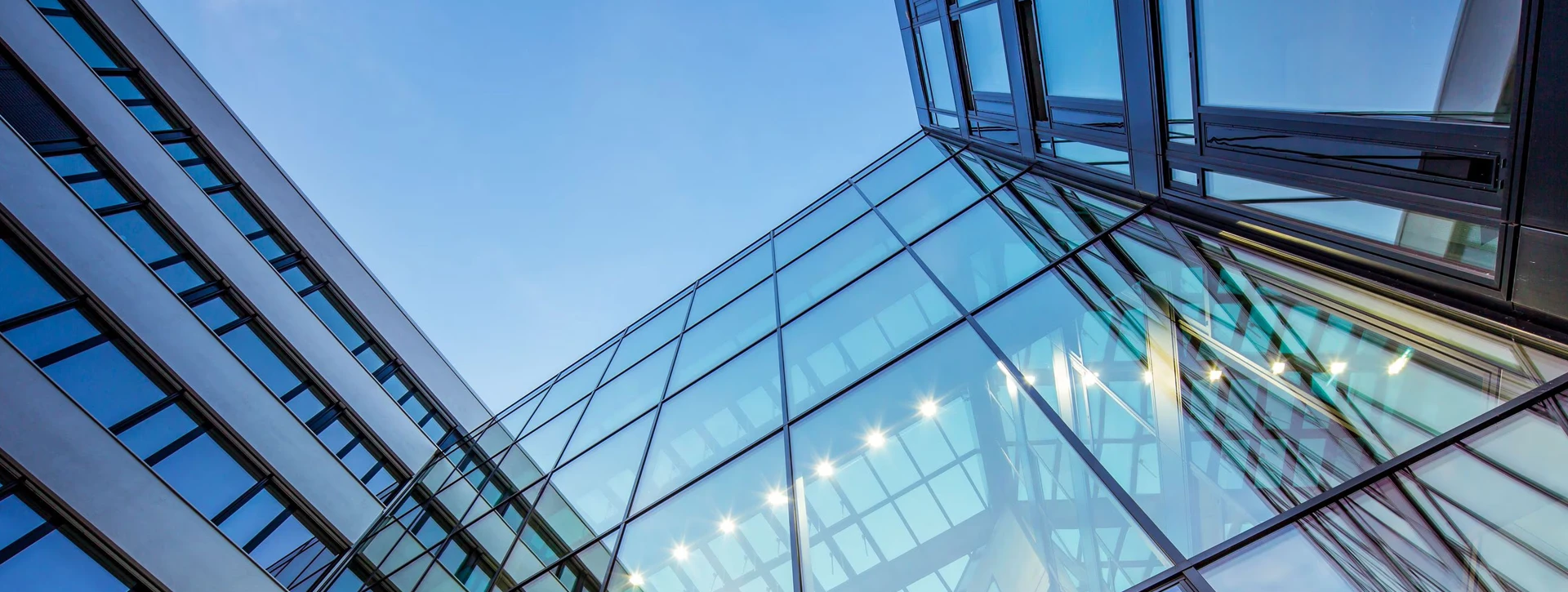
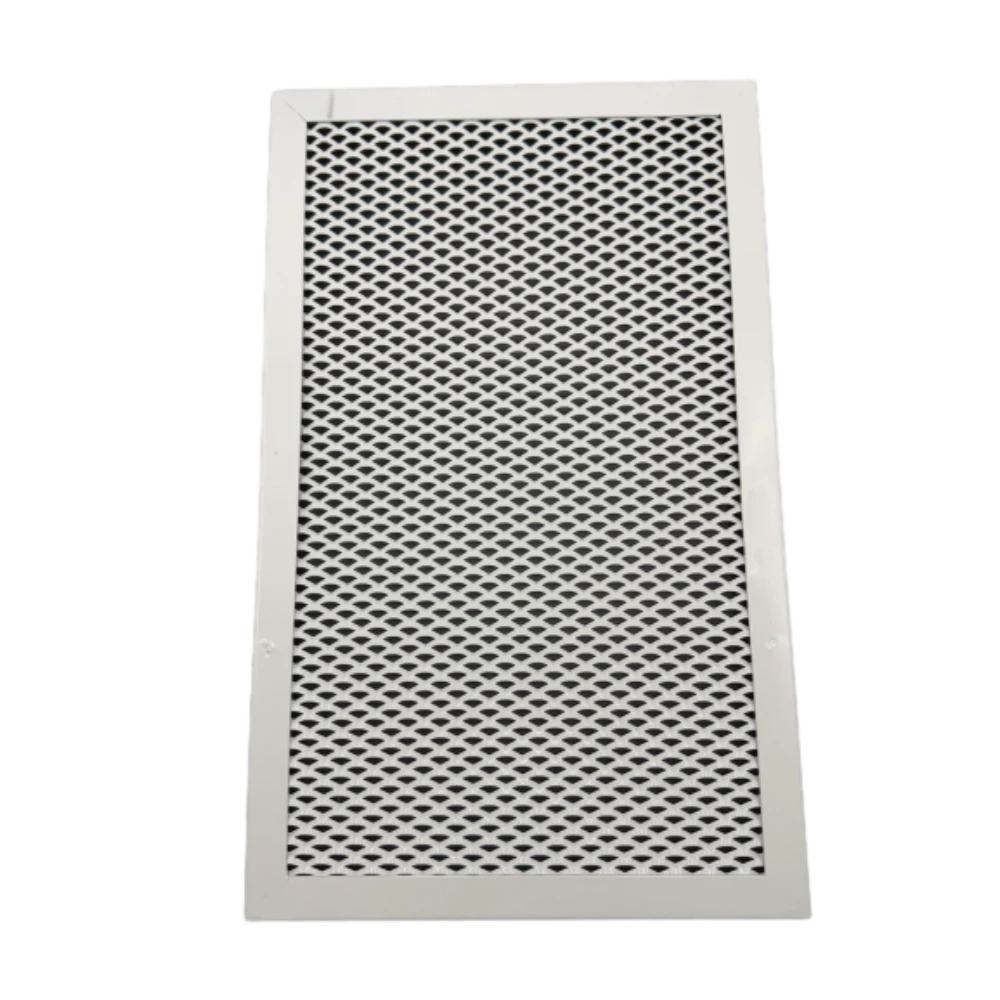
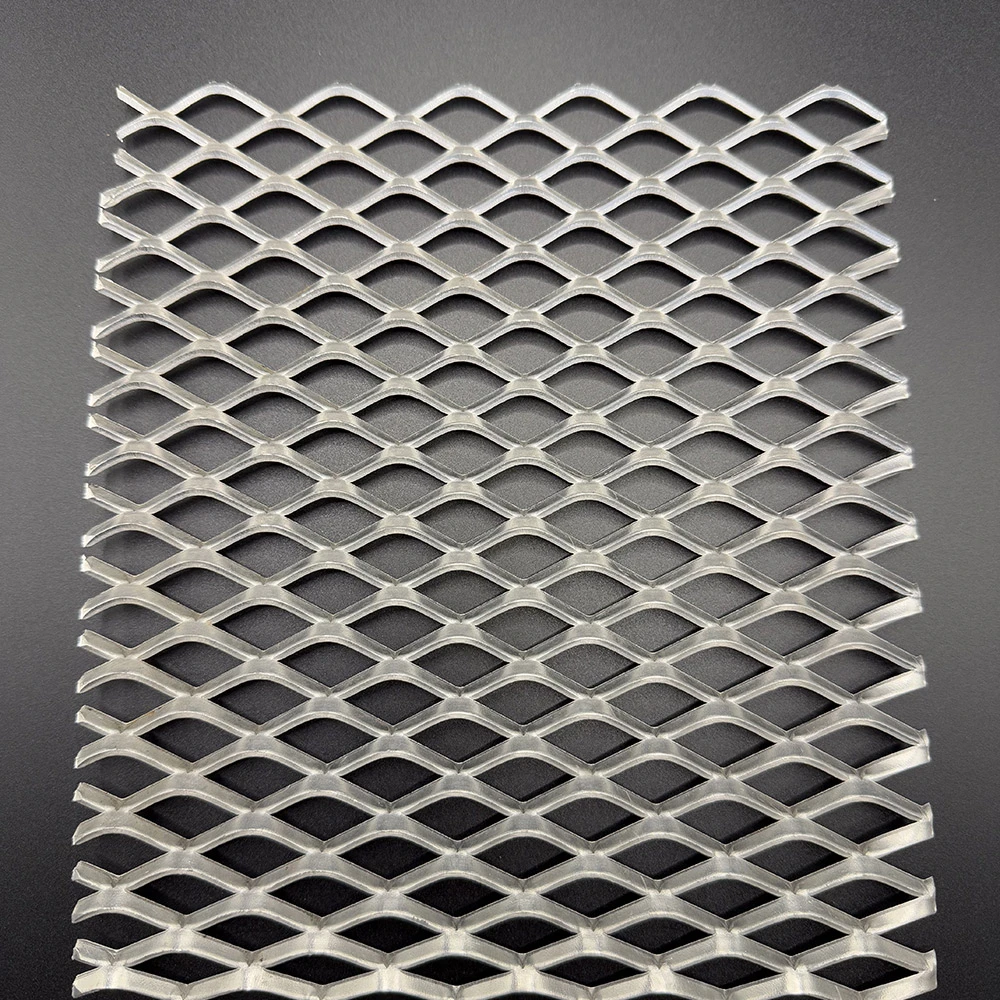
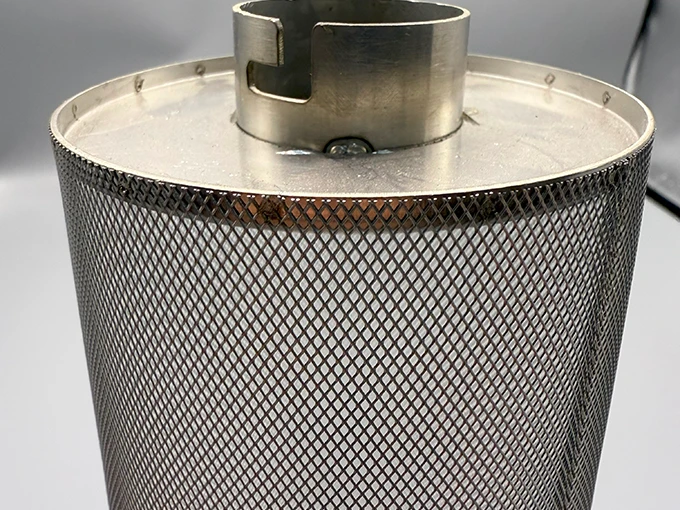
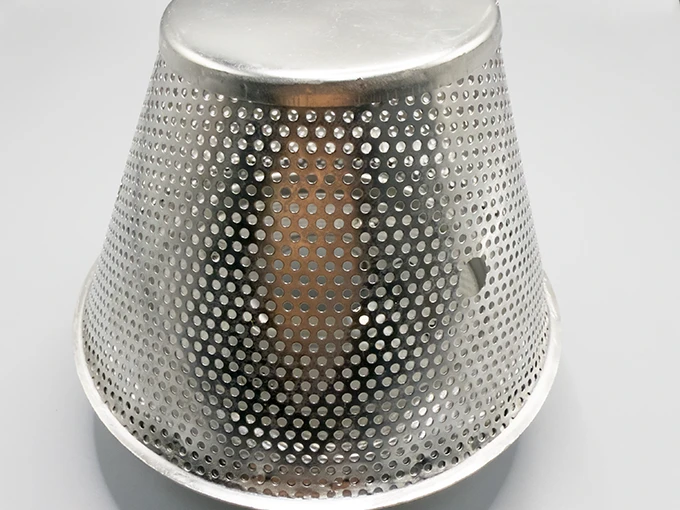












![$item[title] $item[alt]](https://www.ccmetalmesh.com/images/cc-7691.webp)

